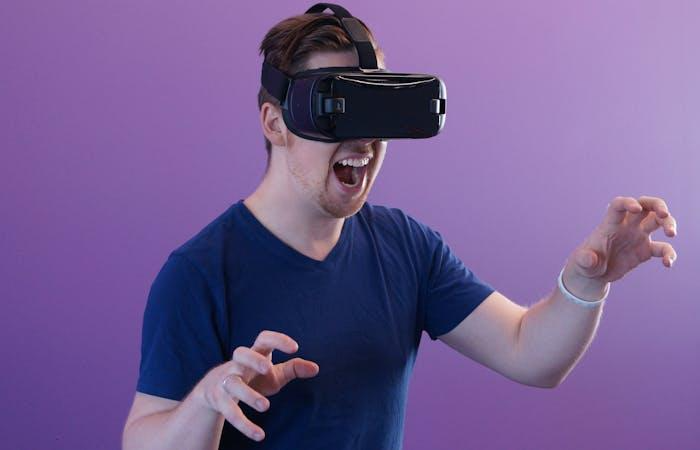In recent years, the concept of the metaverse has shifted from science fiction to a tangible reality. With the rapid advancements in virtual reality (VR) technology, we’re witnessing the dawn of a new era – one where digital spaces merge seamlessly with the physical world. This article explores the burgeoning metaverse revolution and its transformative impact on various facets of our lives.
Defining the Metaverse
At its core, the metaverse refers to a collective virtual space comprising interconnected digital environments, assets, and identities. It transcends the boundaries of traditional online platforms, offering users immersive experiences akin to real-life interactions. Unlike isolated VR applications, the metaverse fosters persistent, shared universes where individuals can collaborate, socialize, and transact in real-time.
The Rise of Virtual Reality
Advancements in VR hardware and software have catalyzed the growth of the metaverse. From immersive headsets to haptic feedback systems, modern VR technologies simulate sensory experiences that blur the line between fiction and reality. Companies like Oculus, HTC, and Sony have spearheaded this evolution, democratizing access to immersive content and fostering vibrant virtual communities.
Economic Implications
The metaverse presents a myriad of economic opportunities, ranging from virtual commerce to digital real estate. In virtual marketplaces, users can buy, sell, and trade virtual goods – from digital artwork to virtual land parcels – using cryptocurrencies or fiat currencies. This burgeoning digital economy has given rise to a new breed of entrepreneurs and content creators who monetize their creations within the metaverse.
Social Dynamics
In the metaverse, social interactions take on a new dimension, transcending geographical barriers and physical limitations. Users can attend virtual events, join interest-based communities, and even establish virtual identities that reflect their personalities. This immersive social environment fosters collaboration, creativity, and empathy, redefining how we connect and communicate in the digital age.
Cultural Shifts
As the metaverse continues to evolve, it’s reshaping our cultural landscape in profound ways. Virtual concerts, art exhibitions, and theatrical performances are gaining traction, offering immersive entertainment experiences to global audiences. Moreover, the metaverse provides a platform for cultural expression and experimentation, empowering individuals to explore new identities and narratives in virtual spaces.
Challenges and Considerations
Despite its promise, the metaverse also poses significant challenges and considerations. Privacy concerns, digital inequality, and algorithmic biases are just a few of the issues that must be addressed as we navigate this new frontier. Moreover, questions surrounding governance, intellectual property rights, and digital security loom large, highlighting the need for collaborative solutions and ethical frameworks.
The Road Ahead
As we embark on this metaverse revolution, it’s essential to tread carefully and thoughtfully. While the potential benefits are vast, so too are the risks and uncertainties. By fostering inclusive, participatory development and prioritizing user-centric design principles, we can ensure that the metaverse remains a force for positive change, empowering individuals and communities to thrive in an increasingly interconnected world.
Conclusion
The metaverse represents a paradigm shift in how we perceive and interact with digital technology. As virtual reality continues to advance, the boundaries between the physical and digital realms will blur, giving rise to new possibilities and challenges. By embracing innovation, collaboration, and empathy, we can harness the transformative power of the metaverse to create a more equitable, inclusive, and interconnected world for generations to come.



